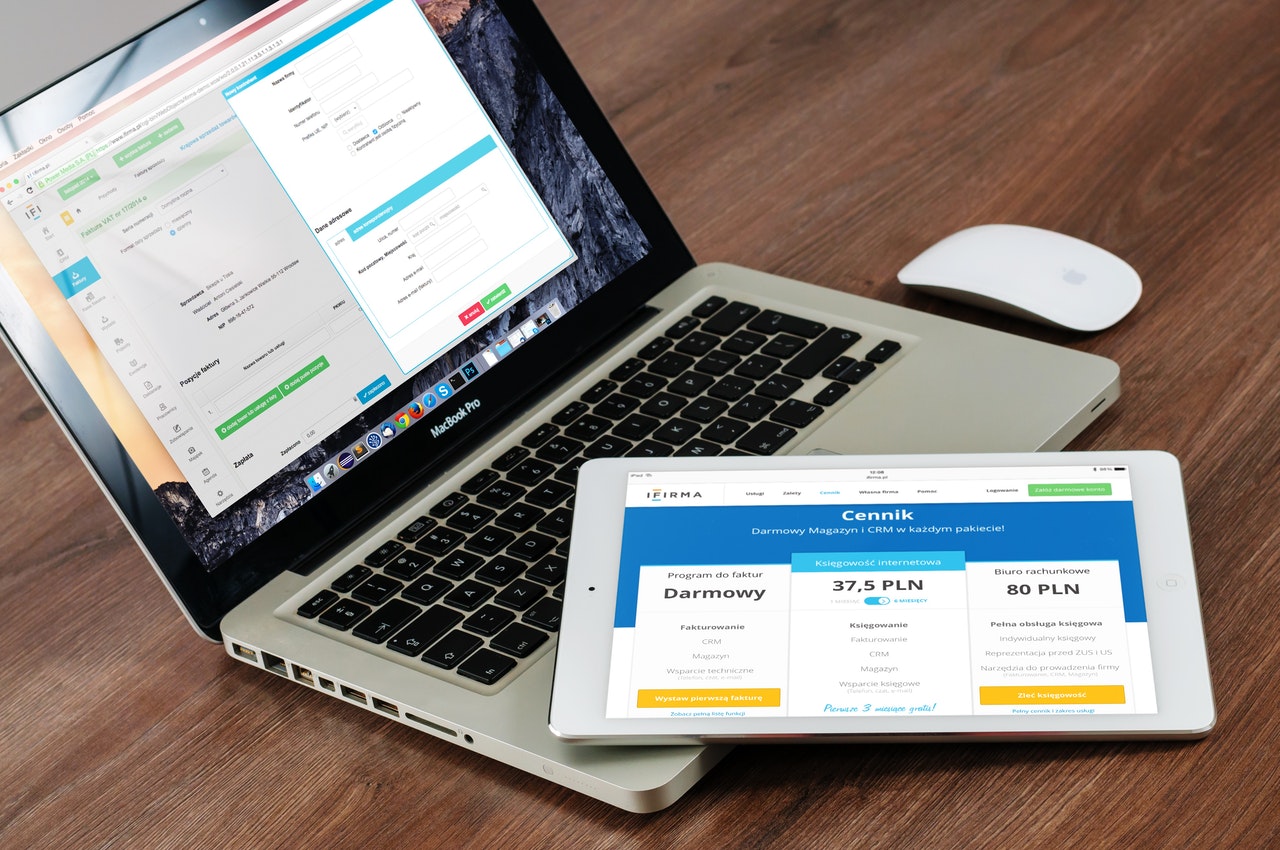10 Effective Graphic Design Tips in Manchester for Beginners10 Effective Graphic Design Tips in Manchester for Beginners
Students or beginners with no prior knowledge find graphic design irresistible. They should not expect to become a professional designer after a one-month trial in design. Or, they can complete a 4-6 month internship at an advertising agency. They must have a comprehensive command of design through repeated practice.

After participating in countless design projects for small businesses through Markustudio. If you need help for graphic designer Manchester or staying consistent with your branding, our team of experts is here to assist you. We’ll work with you to create a unique and unforgettable Graphic design that will help you stand out from the competition. With the sole goal to deliver original and quality services, Markustudio has grown rapidly, a freelance web designer in Manchester providing web design, logo branding, print, SEO and digital design services.
Here are the top ten graphic design advice for novices!
1. Choose the Appropriate Fonts:
Clarity in design and readability are of paramount importance. Avoid limiting your designs to a single typeface. Try out a variety of font styles and choose on a single font style for your current project. Instead of settling with the drab default typefaces, consider alternative options.
2. Boost the visibility of your colors:
You can use a color pop strategy to grab your audience’s attention at a glance, especially if you have a small amount of content and want to make the greatest impression. High-contrast color schemes, such as yellow and white or black, red, and black, as well as vibrant backdrop hues, are acceptable. Additionally, examine the cohesion of your design and make an effort to make a good impression. You may choose a pleasing color palette for your design with the aid of the Adobe Color CC online tool.
3. Strong and Valuable White Space:
Apple is the clearest example of how crucial white space is in modern graphic designs that emphasize simplicity. While executing text on a large canvas, choose a high-quality typeface and position it in the center, leaving the remainder of the canvas white. Overall, the canvas would appear quite attractive.
4. Select Images with Consistency:
Ensure that the image quality throughout your design remains constant at all times. The quality, frame, style, dimensions, and lighting of these pieces should be consistent throughout the entirety of your design. The visuals, graphs, photos, and illustrations you use into your project should enhance its significance.
5. Scan your Sketch:
If you are sketching your design, be careful to scan it using a smartphone camera and import the scanned sketch immediately into Illustrator or Photoshop. You can now build your design normally, but you should use the scan as a background reference.
6. The Importance of Flat Design:
The popularity of flat design has grown steadily over the years, as its aesthetic has evolved from slightly brighter to more sophisticated. Additionally, you should have a keen sense of alignment and spacing when employing flat design strategies for an exceptional appearance.
7. Utilize the Character and Paragraph styles:
Choose the style of your header carefully. Different font sizes and line heights distinguish the headers from the rest of the content. Using tools such as InDesign and Photoshop, you may ensure that your characters and paragraphs have the appropriate proportions. These tools can save you time by preventing you from having to constantly scroll between pages, allowing you to focus on and verify that your styles are properly positioned.
8. Use Italics prudently:
You should also use italics in some of your projects in order to achieve a great impression. They should be used with great care, as they can fairly effectively balance your headers and subheaders. Only short phrases should be written in italics. They will be a disaster for your project if used in lengthy sentences.
9. Respect Page Weight:
Throughout the process of becoming a graphic designer, symmetry and balance must be studied. Balance has a significant effect on your design, so ensure that it is stable. The document you are working on should be balanced on the left and right, or upwards and downwards in certain circumstances.
10. Separation Lines for Impact and Style:
Using line separation on a precise item might bring a small piece up to standard if you’re attempting to make it appear whole. Try utilizing half lines instead of a solid line on either side of a little text strand. Using a 3-pixel line below the header and above the sub-header, or between the image and the title, will go a long way in making your work more palatable.
With any luck, the preceding efficient graphic design guidelines will provide novices with a fantastic notion that they may implement into their website designs.


